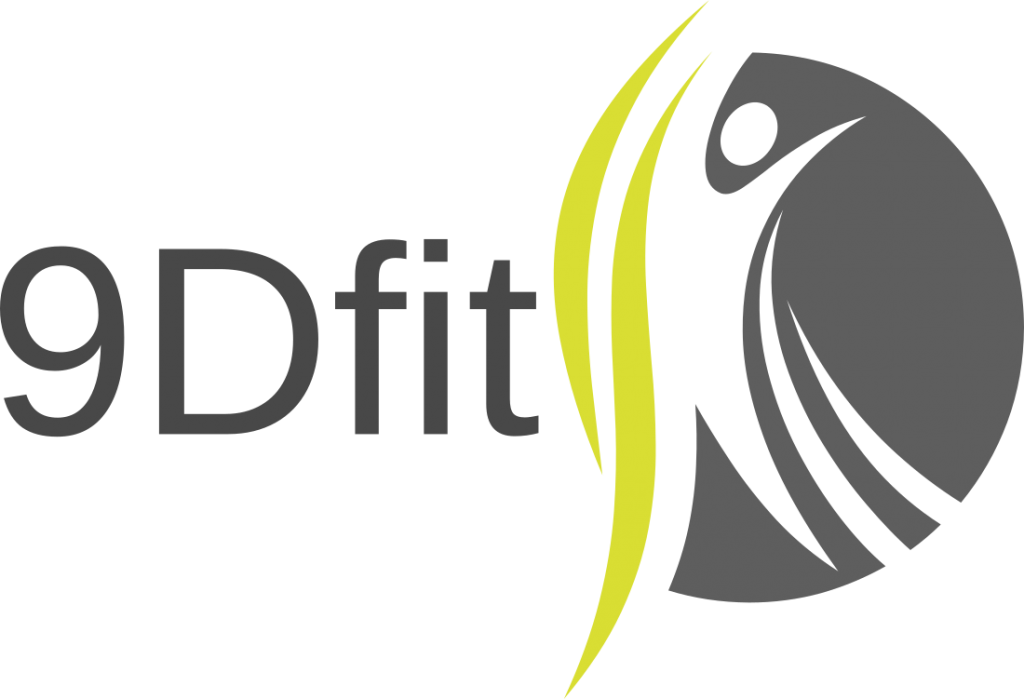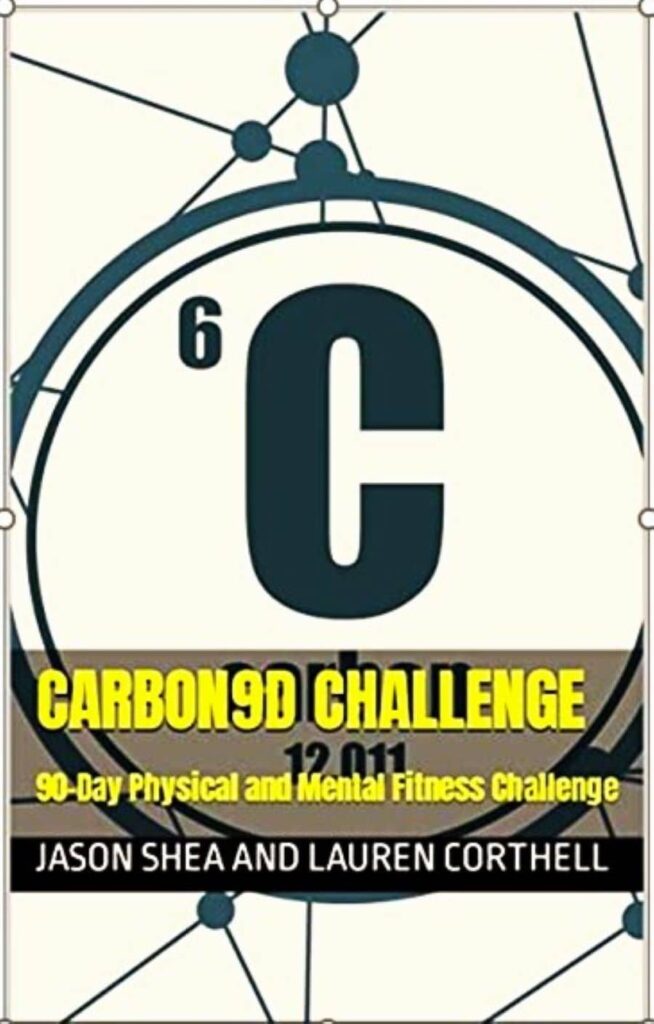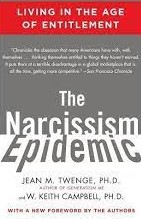
By Jason Shea M.S., CSCS, PICP IV
The opposite of gratitude is entitlement. According to the book The Narcissism Epidemic: Living in the Age of Entitlement, “few boundaries are set by families, and teachers tell children they are “stars” and “winners” even as performance stays stagnant (3).” The authors reveal “with new scientific data, we also have even greater certainty that narcissism is on the rise. In addition, a national poll in June 2009 found that 2 out of 3 college students agreed that their generation was more narcissistic than their predecessors (3)’”
“Narcissists are also materialistic, entitled, aggressive when insulted, and uninterested in emotional closeness (3)” the book states. Not exactly grateful. Which we will see in a minute, can be very effective at lowering stress levels.
Side Note: Did you know a study from the University of Michigan found that the more avid users of certain social media sites were much unhappier than those who used the site less?
The opposite, or even the cure for entitlement, ungratefulness, or narcissism may be the book by Carol Dweck: Mindset.
This book focuses on what are known as fixed vs growth mindsets. A fixed mindset can be quite stressful. Everything is seen as a win or a failure. The process itself is merely a means to an end, no matter how one gets there. The growth mindset focuses on the process/journey and the factors we have control over such as effort, adherence, perseverance, motivation, and learning, rather than achievement itself. Working hard to get to a goal builds positive confidence and breeds humility.
A dear friend of mine recently passed. He was an inspiration to me and everybody he came across. I will never forget the story he told me about when he was going through his second round of treatments for prostate cancer. During his treatments he was being stripped of his testosterone by loading him up on estrogen. Aside from feeling physically drained from the weekly chemotherapy treatments, he was also depressed, hyper sensitive/emotional, losing muscle and hair, and growing boobs from all the estrogen.

One day after a chemo treatment, feeling his worst, he began to feel sorry for himself. The grateful mindset wakeup call came not 10 minutes after his treatment was done, in the form of a 5-year-old girl. Feeling depressed and angry, walking with his head down out of a treatment area at Dana Farber, he was beginning to blame. Then, something told him to look up. What he saw was a little girl who had just came around the corner of the hallway in front of him. She had the biggest, brightest smile on her face. She was beaming with joy, like a ray of sunshine after a stretch of cloudy weather. He then looked down for a moment. He realized that this little five-year-old girl, the one with the huge smile on her face, was standing on one leg.
He said to himself “what is my problem? What do I have to be sad about?? I have had a great life and I am feeling sorry for myself? Here is this five-year-old girl who lost her leg to cancer and smiling!” From that moment on he became a fighter, never complaining, always grateful and living his life to its fullest, becoming an inspiration to everyone he encountered, including yours truly.
The grateful athlete is a humble athlete
Having the opportunity over the years to work with thousands of athletes, military and law enforcement personnel, and fitness enthusiasts we have noticed a common theme: the hardest workers are often the most- humble and have the greatest levels of appreciation and gratitude. You cannot fake effort. Difficulties and hardships build strength and character.
When we work with law enforcement or military recruits heading off to academies or boot camps, we try to instill in them a sense that it is a privilege for them to be there. For athletes, it is a privilege to be a part of a team, to have their teammate’s backs, to flip tires, load wheelbarrows, perform Olympic lifts, push atlas stones in the sand, and run sprints alongside their teammates.
Legendary West Genesee High School lacrosse coach Mike Messere used to make his guys earn the right to run the grueling hill above the reservoir near the school. At first the “res” hill was used when effort and the team first expectations he held for his team were not met. Then after coaching several national championships and over a hundred high school and college All-Americans, “running the res” became something the teams had to earn. They had to earn the right to follow in the footsteps of the great teams and players before them. In the winning culture of West Genesee High School lacrosse “running the res” became a privilege the players had to earn.
The Science
A 2003 study from the Journal of Personality and Social Psychology had subjects with neuromuscular disorders make a nightly list of things they were grateful for in their lives. After three weeks, not only were the subjects sleeping much better, but the researchers found there were significant positive emotional and interpersonal benefits associated with a focus on gratitude (2). A second study, this one from 2011, had similar findings. The researchers also found better sleep and much less worry after writing in a gratitude log every night for just 15 minutes (1).
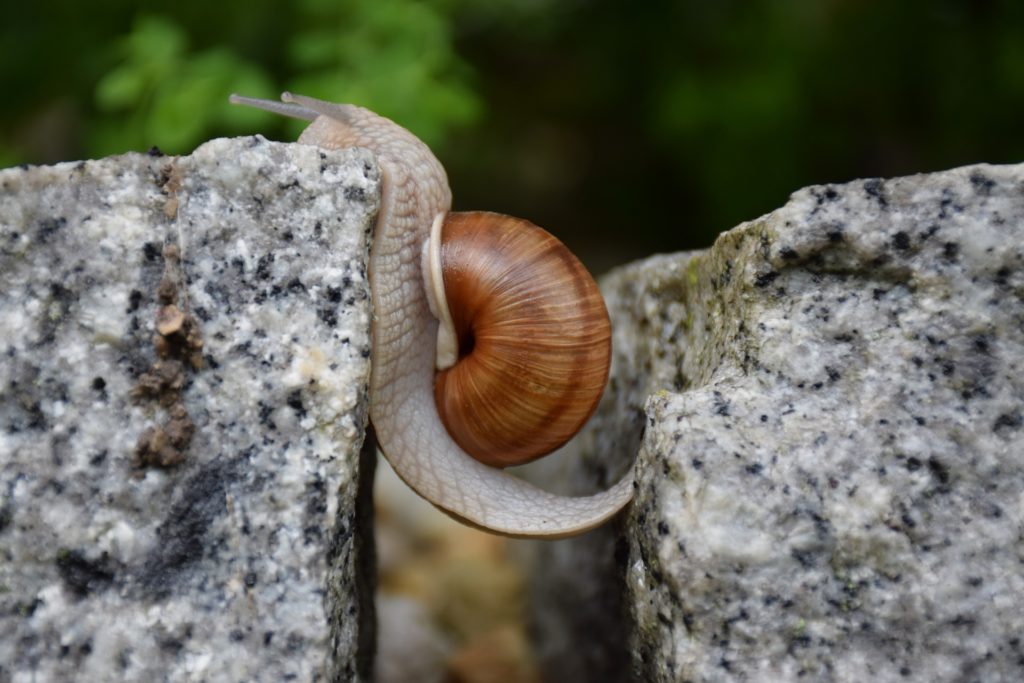
According to one of the most inspiring individuals I have ever met, my good friend Buck Rogers “the best advice I would give to myself when I was a kid or to any young kids coming up today would be; you owe it to yourself to try to be the best version of yourself. That is probably a lot better than you realize. The person who can break through the fear of failure. If you get rid of the fear of failure you won’t be afraid to try.
The only way to get to the best version of yourself if by trying. The effort is what is important. It doesn’t matter what podium you stand on. If you have given your best effort, then you are a winner. If you fail because you didn’t give your best effort because fear got in your way, then you haven’t earned it. Fear can get in your way. The difference between a hero and a coward is about 30 seconds. The hero is just as afraid as the coward, he can just stand in it 30 seconds longer. Don’t let your fear turn you away. If your faith in something is so strong, you don’t need much to change your whole life.”
Sharpening the Sword
“The first law of nature is the will to survive. This is the reason flowers turn to the sun as it goes across the sky. This is the reason flies fly away when you go to swat them.”

December 16th, 1944, the Ardennes region of France and Belgium. The Germans launched Operation Autumn Mist. Otherwise known as the Battle of the Bulge. 250,000 German soldiers and 5 Panzer divisions vs 80,000 American soldiers. During this three-week battle, one Master Sergeant was responsible for evacuating ammunitions and fuel, loading it onto a train before the Nazi’s could confiscate it and use it against the Allied forces. the highest-ranking soldier left, and he enlisted the French townsfolk to help load the train as fast as they could, blowing up the fuel and ammo they didn’t have time to take, and sped that train out of town just as the German tanks began rumbling over through the tree line. His incredible act of bravery won him the Bronze Star.
Growing up with a courageous father like this, one develops a mindset of humility and hard work. Have you ever tried moving a piano? Buck Rogers, Master Sergeant Rogers’ son, has been a piano tuner, rebuilder and mover since 1973. He has dragged many a piano out of a basement. Buck got into the piano business while at college studying music and honing his skill as a working musician. For the next decade and a half buck worked as a professional musician as he continued to develop his daytime piano rebuilding business until it became a full-time venture.
Buck started his piano career as an apprentice under a master piano technician at the Steinway pianos franchise in Providence, RI. Rogers recalls having to sweep the sidewalk every morning before starting his shift at Steinway dealers rebuilding shop. Every morning he did the best job of sweeping in the entire city as he was incredibly appreciative of the opportunity to learn from a master piano technician.

Honing his skills by tuning the pianos on the floor daily, one day fate would call. The outside tuner didn’t show up for work. The owner needed buck to go and tune the new Steinway Grand in the Jazz club on the 17th floor of the Biltmore hotel in Providence. It was a $50,000.00 piano that was played by local professionals. This was the first piano Buck ever tuned outside of the store.
He remembered seeing he bill. They paid $28.00 for him to tune it. He got $6 or $7 while his boss got $21 or $22. At that point Buck felt that if he was good enough to tune the piano in the Biltmore, then he could tune any piano. He asked his boss for a raise, to which the response was ten cents an hour. Two weeks later Buck was off on his own and has been repairing, moving, and tuning pianos since with over one thousand local customers over his career.
Through this time, he was able to support his family. He found his richness in being self-employed and self-made. One of the hazards in the piano industry are the chemicals needed to refinish pianos. It was this side of the industry that Rogers was exposed to a lot of nasty chemicals. He. refinished pianos for over 20 years, exposing himself to lacquer and stripper which Rogers feels, eventually may have taken its toll on his immune system.
One day while Buck was walking out of his apartment in North Attleboro Ma, he stopped and felt some lumps in throat. He said to himself “boy do I need to get my adenoids out” and didn’t think anything of it for the next five years. Five years went by, he found himself re-married and his son starting as a Freshman at Penn State. His wife’s sister in law came down with Hodgkin’s lymphoma. Buck had never heard of it and decided to look it up. During his research, he learned about lumps in the throat. At that point he strongly suspected he had cancer. At that point he had lumps all down through his neck and down in groin as well. There were dozens of them. Buck told his wife “I think I have cancer but don’t have a doctor.”
As Rogers tells the story “I walked into his primary doctor’s office and said, “doc I want you to tell me what kind of cancer I have”. The very next day he was in the ENT Doctor’s office, then the very next day he was in the local hospital. “My Doctor came over to me with another man in a white coat and said “Buck, I’d like you to meet your oncologist”
Rogers continues “from that moment on my life has changed. It turned on a dime. The sinking feeling. Oh, god I have cancer. How long am I going to live?”
Then there was a 6-week period for this all to set in. “Of course, you think about it every second you are awake. Right away something in me told me to start exercising in the form of running. I was so upset I was actually crying while I was out running. I remember when my ex father in law had cancer and started lifting weights. That came into my head and that is what got me running down the street” recalls Rogers.
“Finally, I got over the shock of it. That is when this new attitude came; Mohammad Ali was my idol growing up, so I decided to train like Ali when he was preparing for his fight against Frazier in the Thriller in Manilla. You have to put in effort and train in order to have a chance to win. After 6 weeks, I stopped the worrying and stopped the fear and just decided I was going to train for my fight. Maybe part of my dad was in there. He was a Bronze star winner from the Battle of the Bulge. I knew if my dad could be brave, I could have the potential to be brave. That is kind of what fueled me. I had a few great mentors for this fight, my dad, my father in law, and Ali” he expresses.
At that moment on Buck Rogers decided he was not going to be fearful. He recalls “that is where the beginning of the attitude came from. I am so glad my thought process went that way rather than to be paralyzed by self-pity. I think there was a pride there that the Rogers men were tough resilient men and I was able to work through that fear. I didn’t let the fear paralyze me. That is what it is all about. Don’t get paralyzed by your fear. Turn your fear around into motivation. I got highly motivated from that point on. I told my wife wanted to hire a trainer to put some pressure on me.”
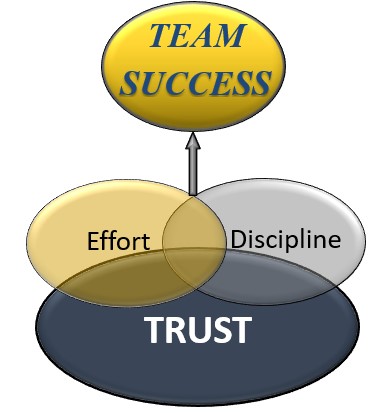
One memorable moment in the battle Rogers recalls “was when I was on this squat machine and the trainer said to me “Buck don’t be afraid to get strong”. This kind of put into one sentence everything I was doing. When you get to the point in a workout where things are starting to get uncomfortable, don’t be afraid of it, try to push through it. The first three quarters of a set or a workout are exercising getting tired. The last quarter is what counts. When it gets painful and uncomfortable, that is where the sharpening of the sword comes in. It would be more comfortable to quit and stop. There is no wall. The wall is in your head. And this is where progress is made. This is where the sword is sharpened for the battles that lie ahead.”
Buck has had leukemia for 15 years. He is still treated every day. He had his first diagnosis, then relapsed, and is now back in remission. He recalls going to Dana Farber for his first chemo treatment; “they did a biopsy; my bone marrow was 98% full of cancer. I had hundreds of swollen lymph nodes. I was full of it, stage 3. Before my first treatment the cancer was crowding out my red cells, forcing my hemoglobin way down. I was starting to suffocate from the inside out. My red blood cell count was low enough that I needed a transfusion before I could do the chemo. I remember I was huffing and puffing walking on sidewalk outside the hospital. I could not breath, I felt like a fish out of water.”
In his first battle, Buck had 36 rounds of Fludarabine, as he tells it “the old chemo, that is basically like a carpet bomb. It goes in and kills everything that is growing. It even kills the good stuff. Combined with Rituxan, which is like a smart bomb, in that it would find the protein on a cancer cell called CD20 and attach to it. It would unmask the cancer cells by sticking to it and the body would then see as an invader and attack it.”
Twenty minutes into his first infusion, he started to what he calls “shake, rattle and roll” which was an adverse reaction to the chemo. They Doctors gave him Benadryl to counteract the reaction. After that first reaction he never had another one and flew through the 36 treatments over 6 months with no ill effects. After the first week of treatments he asked the doc if he could go and workout. Doc said if you are feeling okay then yes.
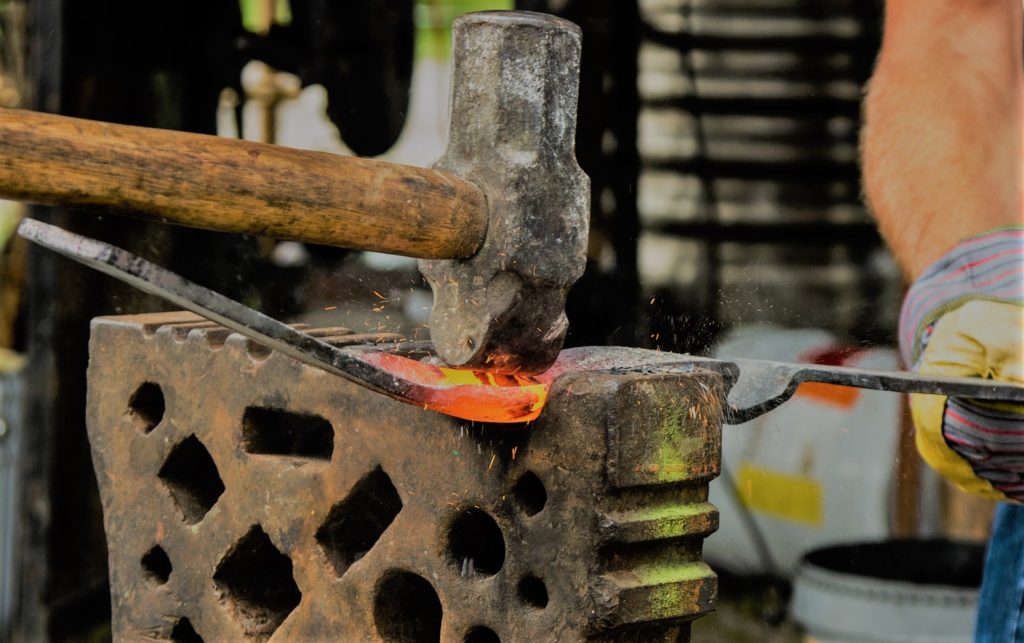
And so, it began. Buck would go to Dana Farber in Boston for his chemo treatments then on his drive home he would go to his gym and work out with bunch of SWAT guys, high school and college athletes, and other workout enthusiasts. These weren’t just any workouts. He was flipping a 500lb tire, dragging sled, pushing prowlers, lifting atlas stones, Olympic lifting, sprinting, and more. Needless to say, when the college athletes started to crack, Buck kept them motivated, always leading from the front.
Rogers recalls “what that did, was beside make me strong physically, it made my attitude strong. I felt was doing my own part in trying to save my own skin. As long as I felt was putting my best effort forth, I knew I had a chance. I couldn’t control the outcome, but I could control my attitude and the amount of effort I put in. I was peaceful with it because I knew I was putting out the effort and that made me feel calm. I didn’t feel like I was missing something. I think this makes you tough inside. Not just physically tough but also mentally tough. If I got depressed, complacent, and decided to just lay down on the couch, I might have ended up dying, versus firing up the engines and getting the body moving.”
The Medway 10K
“As a part of my routine to push myself and make myself uncomfortable I created the Medway 10k. I did the mile in 5:06 as a freshman track athlete in 1970. Going to a track in is kind of like a friend of mine. So, I started my own race. It is
- 20 Kettlebell swings with 40lb kettlebell
- 100-yard sprint
- jog first corner
- 20 pushups at beginning of first straight away
- Up and down each aisle of the bleachers
- jog to next corner
- 100 bicycles knees to elbows
- jog back to first corner again.
That is one lap. The workout is 8 laps. First time I did it in roughly 36 or 37 minutes. Then as I got better got it down to 33 or 34 minutes. Then NESN, Dana Farber, and the Red Sox were doing a charity event for cancer asked me if I wanted to be a part of it. I told NESN all about what I was doing, and they wanted to come out and film me do the workout. I set my own record that day. 31:07. I have never been close to it since that day. I had so much adrenaline that day. The first 2 laps I ran fast and was completely gassed. I hit the wall, but somehow gutted it out and broke the record. I hold the world record in the Medway 10k… but I am the only one who runs it! I would like to get back there someday. This heart thing is challenging me to take it a little slower” expresses Rogers.
Buck’s white blood cell count was 125k when he started chemo. Within 3 days it was back within the normal range. From there he went into a 5-year remission. Four years into that deep glorious remission, Buck blew off one of his checkup appointments. His chemo Dr. later said that he suspected buck was feeling so well that he had forgot that he even had cancer. That was a good thing. But it didn’t last. Falling out of remission, Buck’s white cell count started to climb again. “when it turns aggressive, it goes quick. My counts doubled in one month, then doubled again, and again.”
It’s Baaaacckk!!
He decided to fly out to California to Moors Cancer Center to try out a new therapy in a drug trial. The Dr. did an exam and took his hands down either side of Buck’s neck and jaw and counted more than 60 swollen nodes between the neck and back. The leukemia was back with a vengeance, the bell just rang for round two, and the cancer was looking for a knock-out.
Buck tells the story of the lesser known challenges one faces when battling Leukemia; “On that flight over I could not breath. Once we got into the high altitude I could not breath at all. I wanted to run down the aisle and jump out of the plane. Had to endure not being able to breath on the plane for 3.5 hours. Somehow the pressurization in the cabin was a little off and with my low hemoglobin I was not getting enough oxygen.” It was the worst anxiety I had ever experienced in my life. I felt like I was a fish out of water for the entire fight until we descended.”
He continues “when we got there I tried to get into the study. I told the docs I wasn’t going to fly home. Told them I was taking the train home. I decided to face my fears and fly home. The very next day I was back in treatment at Dana Farber. Just in the nick of time. They put me on a brand-new drug, a biotherapy agent. There are pathways from one part of a cancer cell to another part of the cancer cell that prevents apoptosis. This drug breaks that pathway and the cell dies off. I am so fortunate these drugs work on me like they are designed to do. I must be in the middle of the bell curve.”
“3 years later I am back in another deep remission as we speak. If another doc looked at my blood test and didn’t know my history, he wouldn’t be able to tell I had cancer. My job is to continue doing what I was doing when I first started running thinking about the Thriller in Manilla. I can’t lose sight of it. I feel like I’m running away from the boogie man. He is a ways behind me now, but he is still there, and I can’t stop running. That is great motivation when you are challenging yourself in life. If you slow down or stop, you might not make it. I have got to train and keep ahead of this thing” says Rogers. “I have a lot of confidence in myself and in medicine. Someday I am going to walk into Dana Farber and get a shot and they are going to say you are cured.”

It hasn’t been without several other challenges along the way. Rogers has come down with 3 skin cancers. Luckily, he caught them early enough and had them cut off. He expresses “my immune system in terms of fighting cancers naturally is low. My Immune system for getting the common cold is pretty good.”
Rogers expresses “when I got on the new biotherapy drug after my remission ended, I started getting skipped beats in my pulse. Like a quarter rest in music, my pulse would skip a beat, then would start up again. The skipped beats would happen in random. I checked that for about a month. Then I finally told my wife about that. I thought it was kind of strange.”
He continues “We went to Costa Rica with another couple and went on this volcanic mountain zipline, ride. Little did I know that three days later I would drop dead. It was a Saturday morning, I told my wife I felt many skipped beats and was going to make an appointment with the cardiologist. That afternoon, while working at my computer I remember thinking one last thought, “oh my god am I dizzy!” I remember waking up and my wife was over me crying and my chest felt crushed. The paramedics swept me up and bought me to a hospital in Boson. Then 11 days later I got a brand-new Boston Scientific defibrillator sewn into my chest with a wire screwed into the inside of my heart.”
According to Rogers “My internal plumbing is good, I have an electrical problem. My heart would beat but there was no blood to pump because contraction was early. The Docs unsuccessfully tried to ablate the pathway of the early beat. Now they are working on needle ablation. Treating with quinidine, a drug from the bark of a tree and another heart drug my PVC’s (premature ventricular contractions) are under control, although not completely stopped. The drugs for the electrical problem had slowed me down a little like a governor on a motor but I have worked through that and now feel back to normal. I don’t feel the effects of it anymore. Now I want to crank it up even further. The older I get the more performance I want out of myself. But I’m not going to push myself so hard to where I suffer an exhaustion headache from swelling my brain from over exertion, as I did one time a couple years ago, I pushed it way to hard. I have to be realistic here. I realize I am not Zeus. But I still do feel like the son of Zeus.”
“When people ask me how this has affected me, I tell them I don’t worry about anything. I think a cancer diagnosis teaches you awfully quick what is important to you and what isn’t. What made me want to cry was that I might not get to talk to my son, my mom, or my wife anymore. The people who love you are your greatest jewels. I realize you could survive in a cardboard box under a bridge if you had 3 people that loved you.
“I think people at odds with each other should sit down and talk to each other after a leukemia diagnosis. I am certain many of those conversations would have completely different outcomes when those people realize what is important and what is not. I truly believe that experiencing the bad stuff is better than experiencing nothing. I don’t think I can have a bad day ever” Rogers shares.
He continues “sometimes my mind wanders, and I get slightly frustrated, but then catch myself. I hope I live into my 90’s. I want to live as long as I can. I don’t have a minute to waste. I don’t deal with other people’s BS anymore. I don’t argue with it I just sidestep it. I see a lot of young kids growing up thinking they have great problems. If I could just let them know that they are wasting a lot of precious mental energy worrying about the wrong stuff because so much of it is just not that important.” Wisdom comes from experience, and some of the best wisdom comes from harsh experiences. You cannot fail if you never quit trying.”
“One of my sayings, something I say at the end of my emails, is “onward”. That is a very positive attitude. Even if you have fallen down, get back up and go onward. Don’t stand there, move onward. My dad was doing that in the Battle of the Bulge while people were getting their heads blown off. The urgency my dad had when he got that train loaded in the French town is like my battle with leukemia. He had to outrun those tanks. I am kind of in my own little Battle of the Bulge” Rogers expresses.
He continues “I am not unique in this attitude at all. You will find thousands of people with this attitude. I am just lucky to have found this attitude that all these people have had. All the great people that have gone onward. It is the only way to live.”
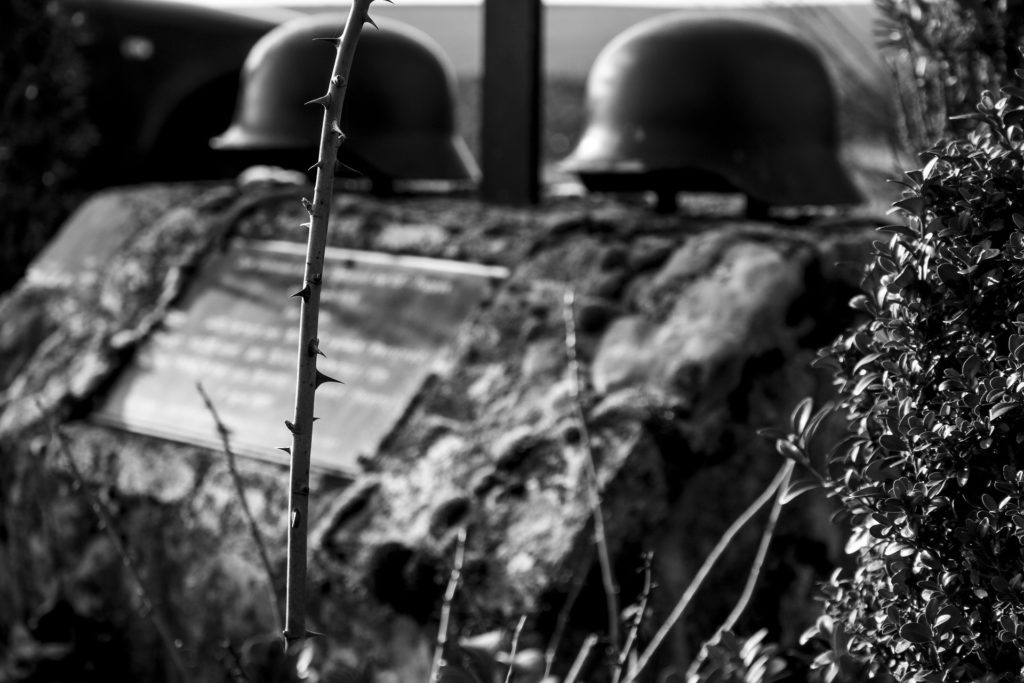
“I’m lucky in many ways. I’m lucky to have had the dad I had and think back and pull from his lifetime and his achievements. I am lucky I had a dad like that and had a good relationship with him. I asked myself “what would dad do in this situation” when I got cancer. He got the Bronze Star. I knew he would fight. I am lucky to live where I live, an hour outside of Boston, home to some of the best hospitals in the world. I feel Cancer has changed me and made a better person. It is like tempering a piece of steel. You have to go through the fire, and then you come out stronger” states Rogers.
Rogers shares “the best advice I would give to myself when I was a kid or to any young kids coming up today would be; you owe it to yourself to try to be the best version of yourself. That version is probably a lot better than you realize. The person who can break through the fear of failure. If you get rid of the fear of failure you won’t be afraid to try. The only way to get to the best version of yourself if is by trying. The effort is what is important. It doesn’t matter what podium you stand on. If you have given your best effort, then you are a winner. If you fail because you didn’t give your best effort because fear got in your way, then you haven’t earned it. Fear is your real enemy. The difference between a hero and a coward is about 30 seconds. The hero is just as afraid as the coward, he can just stand in it 30 seconds longer. Don’t let your fear turn you away. If your faith in something is so strong, you don’t need much to change your whole life.”
Thank you for reading!
References
- Digdon N, Koble A. Effects of constructive worry, imagery distraction, and gratitude interventions on sleep quality: a pilot trial. Applied Psychology: Health and Well-Being. 3(2); Pp 193-206. 2011.
- Emmons R, McCullough M. Counting blessings versus burdens: an experimental investigation of gratitude and subjective well-being in daily life. Journal of Personality and Social Psychology. 84(2); Pp 377-389. 2003.
- Twenge J, Campbell K. The Narcissism Epidemic: Living in the Age of Entitlement. Simon and Schuster. 2009.
